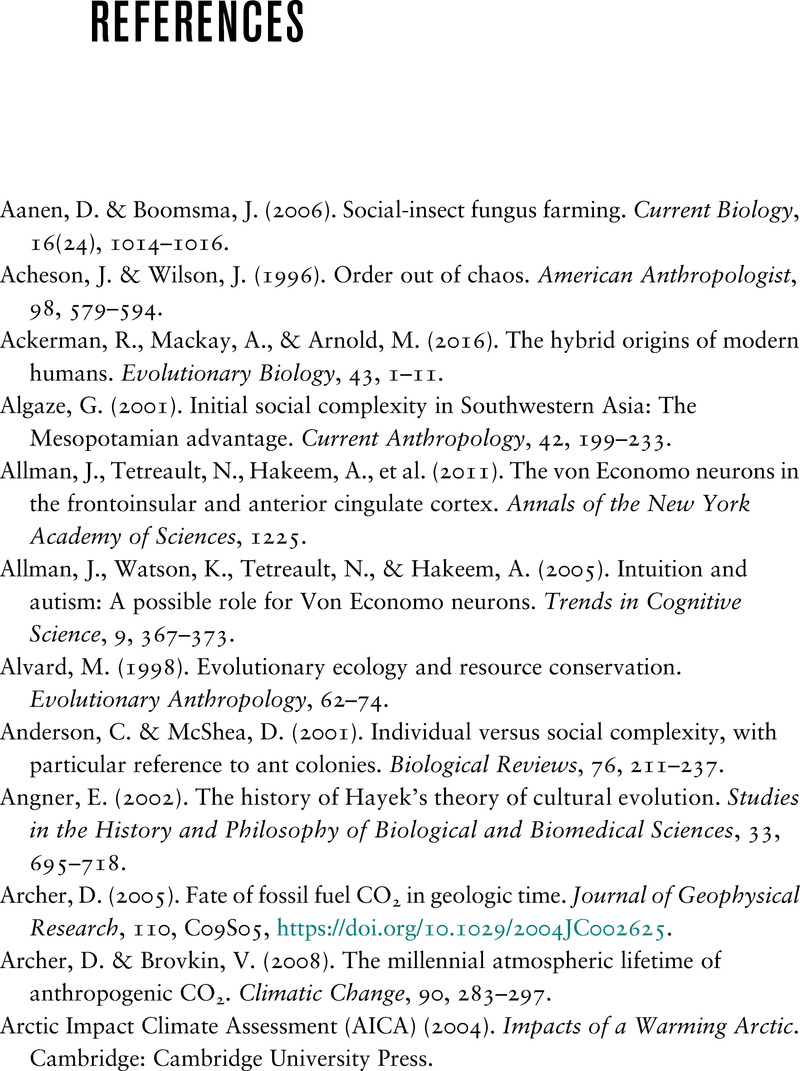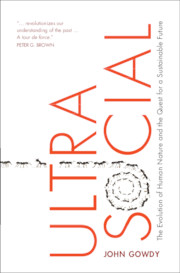References
Published online by Cambridge University Press: 09 October 2021
Summary

- Type
- Chapter
- Information
- UltrasocialThe Evolution of Human Nature and the Quest for a Sustainable Future, pp. 232 - 256Publisher: Cambridge University PressPrint publication year: 2021



